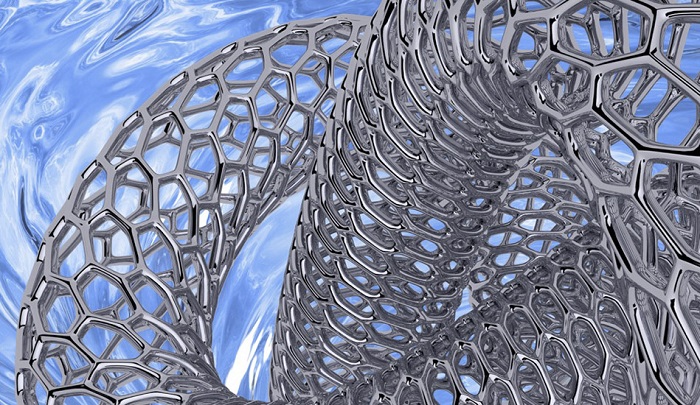Carbon nanotubes are hair-like structures that measure approximately one-billionth of a meter in diameter, but thousands of times longer. They’re tiny, flexible, and most importantly, conductive — given their unique physical properties, they’re expected to revolutionize computers and electronics in general by replacing larger silicon chips.

The reason why carbon nanotubes have not yet seen wide-spread incorporation is due to a tangling issue — specifically, the fact that metallic and carbon nanotubes, which are created simultaneously in the production process of these structures, tangle together. Only pure semiconducting or metallic carbon nanotubes can be used in device applications, and the whole detangling process is a pretty challenging one. Researchers have spent years trying to establish an efficient process, and the closest they’ve gotten is creating polymers that allow semiconducting carbon nanotubes to be dissolved and washed away, thereby leaving the metallic nanotubes behind. The problem with this method, though, is that there was no reverse solution — a way in which to isolate the semiconducting structures.
Alex Adronov, a professor of Chemistry at McMaster, and his research team believe they’ve developed a new and potentially cost-efficient way to purify carbon nanotubes. They achieved this success by reversing the electronic characteristics of a polymer that disperses semiconductor nanotubes; doing this, they found, leaves the rest of the polymer structure — that is, the semiconductor nanotubes — intact while dispersing the rest, including what would’ve been the metallic nanotubes.
“Once we have a reliable source of pure nanotubes that are not very expensive, a lot can happen very quickly,” says Adronov, alluding to the potential that this method could offer the semiconductor industry.
The next steps for Adronov and his team will be to develop even more efficient polymers, and to begin working on ways in which they can scale up the process to the point of commercial production.
To learn more, read the full study, Influence of Polymer Electronics on Selective Dispersion of Single-Walled Carbon Nanotubes, which was published in Chemistry — A European Journal.
Advertisement
Learn more about Electronic Products Magazine





